Azadeh Nazemi
Edinburgh Napier University
Decision Support System to triage of liver trauma
Aug 04, 2024



Abstract:Trauma significantly impacts global health, accounting for over 5 million deaths annually, which is comparable to mortality rates from diseases such as tuberculosis, AIDS, and malaria. In Iran, the financial repercussions of road traffic accidents represent approximately 2% of the nation's Gross National Product each year. Bleeding is the leading cause of mortality in trauma patients within the first 24 hours following an injury, making rapid diagnosis and assessment of severity crucial. Trauma patients require comprehensive scans of all organs, generating a large volume of data. Evaluating CT images for the entire body is time-consuming and requires significant expertise, underscoring the need for efficient time management in diagnosis. Efficient diagnostic processes can significantly reduce treatment costs and decrease the likelihood of secondary complications. In this context, the development of a reliable Decision Support System (DSS) for trauma triage, particularly focused on the abdominal area, is vital. This paper presents a novel method for detecting liver bleeding and lacerations using CT scans, utilising the GAN Pix2Pix translation model. The effectiveness of the method is quantified by Dice score metrics, with the model achieving an accuracy of 97% for liver bleeding and 93% for liver laceration detection. These results represent a notable improvement over current state-of-the-art technologies. The system's design integrates seamlessly with existing medical imaging technologies, making it a practical addition to emergency medical services. This research underscores the potential of advanced image translation models like GAN Pix2Pix in improving the precision and speed of medical diagnostics in critical care scenarios.
A survey on Organoid Image Analysis Platforms
Jan 06, 2023



Abstract:An in-vitro cell culture system is used for biological discoveries and hypothesis-driven research on a particular cell type to understand mechanistic or test pharmaceutical drugs. Conventional in-vitro cultures have been applied to primary cells and immortalised cell lines plated on 2D surfaces. However, they are unreliable in complex physiological environments and can not always predict in-vivo behaviour correctly. Organoids are multicellular spheroids of a primary donor or stem cells that are replaced in vitro cell culture systems and are widely used in biological, biomedical and translational studies. Native heterogeneity, microanatomy, and functionality of an organ or diseased tissue can be represented by three-dimensional in-vitro tissue models such as organoids. Organoids are essential in in-vitro models for drug discovery and personalised drug screening. Many imaging artefacts such as organoid occlusion, overlap, out-of-focus spheroids and considerable heterogeneity in size cause difficulty in conventional image processing. Despite the power of organoid models for biology, their size and shape have mostly not been considered. Drug responses depend on dynamic changes in individual organoid morphology, number and size, which means differences in organoid shape and size, movement through focal planes, and live-cell staining with limited options cause challenges for drug response and growth analysis. This study primarily introduces the importance of the role of the organoid culture system in different disciplines of medical science and various scopes of utilising organoids. Then studies the challenges of operating organoids, followed by reviewing image analysis systems or platforms applied to organoids to address organoid utilising challenges.
Real-time information retrieval from Identity cards
Mar 26, 2020
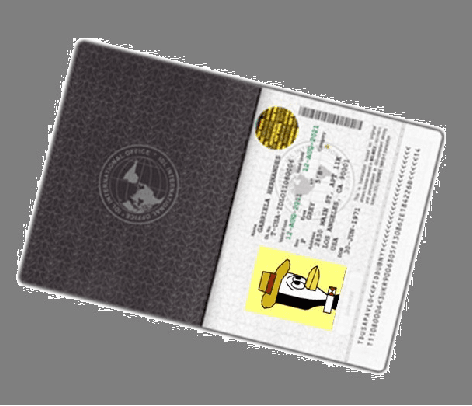
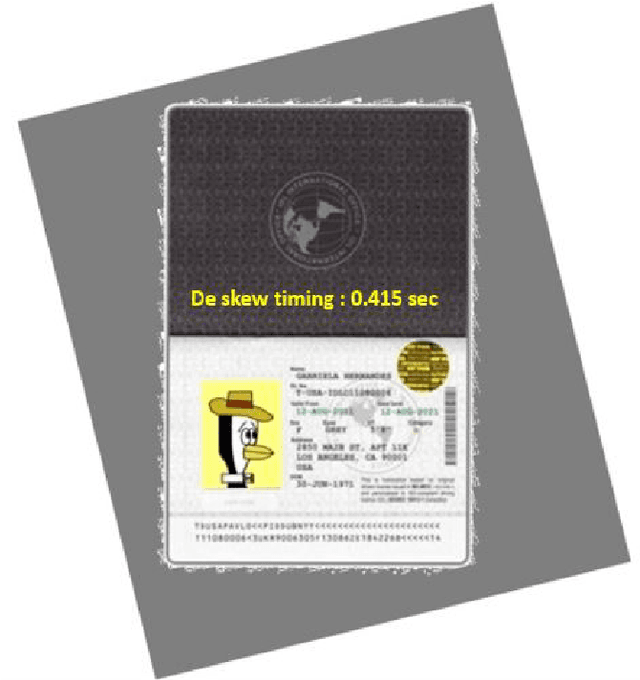
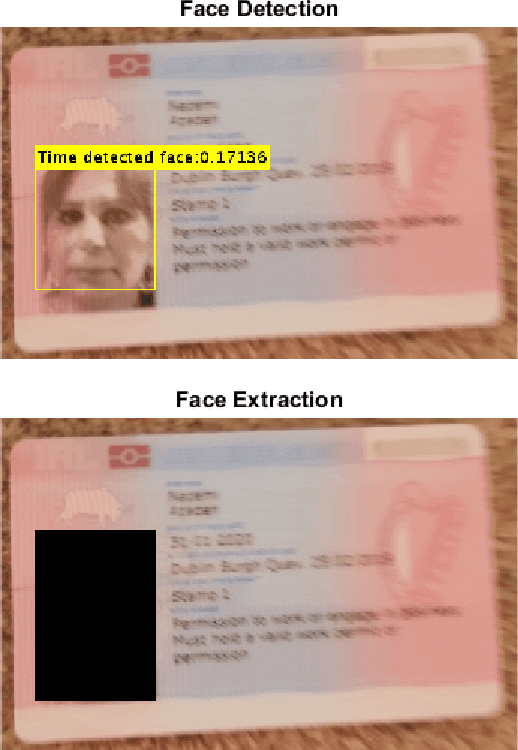
Abstract:Information is frequently retrieved from valid personal ID cards by the authorised organisation to address different purposes. The successful information retrieval (IR) depends on the accuracy and timing process. A process which necessitates a long time to respond is frustrating for both sides in the exchange of data. This paper aims to propose a series of state-of-the-art methods for the journey of an Identification card (ID) from the scanning or capture phase to the point before Optical character recognition (OCR). The key factors for this proposal are the accuracy and speed of the process during the journey. The experimental results of this research prove that utilising the methods based on deep learning, such as Efficient and Accurate Scene Text (EAST) detector and Deep Neural Network (DNN) for face detection, instead of traditional methods increase the efficiency considerably.
Offline handwritten mathematical symbol recognition utilising deep learning
Oct 16, 2019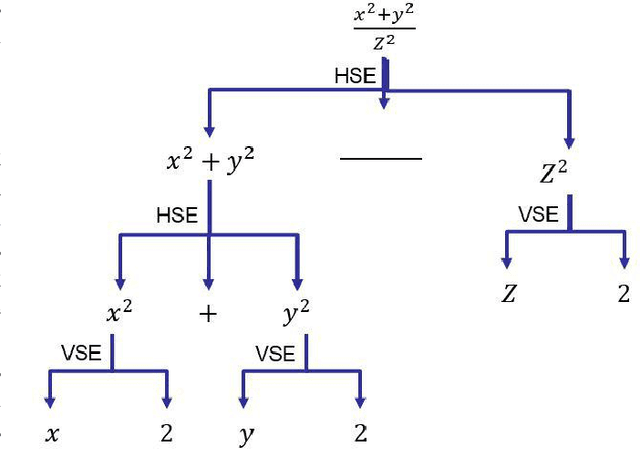
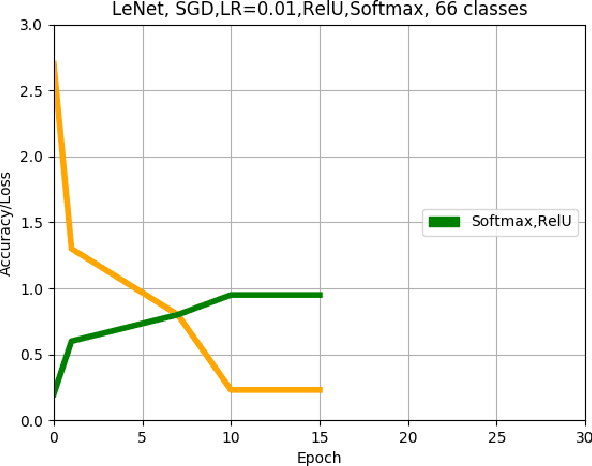
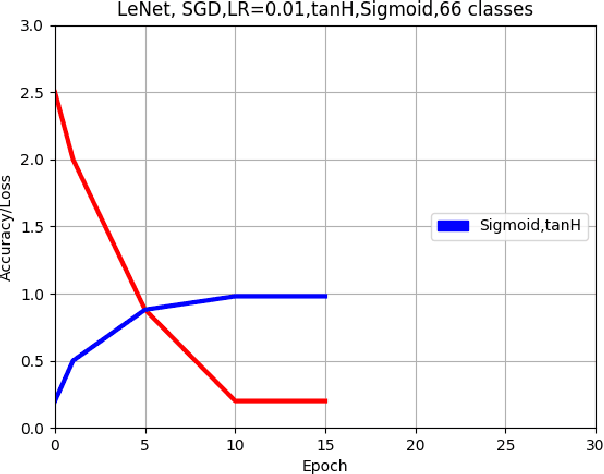
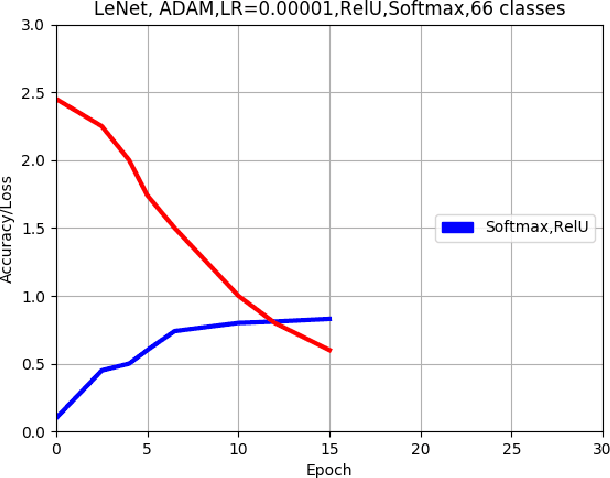
Abstract:This paper describes an approach for offline recognition of handwritten mathematical symbols. The process of symbol recognition in this paper includes symbol segmentation and accurate classification for over 300 classes. Many multidimensional mathematical symbols need both horizontal and vertical projection to be segmented. However, some symbols do not permit to be projected and stop segmentation, such as the root symbol. Besides, many mathematical symbols are structurally similar, specifically in handwritten such as 0 and null. There are more than 300 Mathematical symbols. Therefore, designing an accurate classifier for more than 300 classes is required. This paper initially addresses the issue regarding segmentation using Simple Linear Iterative Clustering (SLIC). Experimental results indicate that the accuracy of the designed kNN classifier is 84% for salient, 57% Histogram of Oriented Gradient (HOG), 53% for Linear Binary Pattern (LBP) and finally 43% for pixel intensity of raw image for 66 classes. 87 classes using modified LeNet represents 90% accuracy. Finally, for 101 classes, SqueezeNet ac
 Add to Chrome
Add to Chrome Add to Firefox
Add to Firefox Add to Edge
Add to Edge